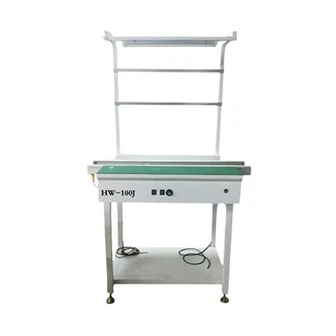Energy-Saving Technology For SMT Machines: Reducing Energy Consumption, Green Production
Energy-saving technology is becoming increasingly important in modern manufacturing processes. It not only helps to reduce energy consumption and costs but also contributes to a more sustainable and environmentally friendly production. This is particularly relevant for surface-mount technology (SMT) machines, which are widely used in the electronics industry.
One of the main ways to reduce energy consumption in SMT machines is through the use of efficient motors and drives. These components convert electrical energy into mechanical energy, and by using more efficient designs, they can significantly reduce energy losses and improve overall efficiency. In addition, advanced control algorithms can optimize the motor and drive operation to minimize energy consumption without sacrificing performance.
Another key strategy for reducing energy consumption in SMT machines is through the use of energy-efficient lighting and heating systems. LED lighting, for example, can provide highly efficient illumination while consuming much less energy than traditional lighting sources. Similarly, advanced heating and cooling systems can optimize the thermal management of the manufacturing environment, reducing energy consumption and improving production quality.
In addition to these hardware solutions, software-based optimization techniques can also contribute to energy savings in SMT machines. For example, machine learning algorithms can analyze production data and identify patterns that can be used to improve production efficiency and reduce energy consumption. Similarly, real-time monitoring and control systems can optimize the operation of the machine in real-time to minimize energy consumption without compromising production capacity.
Overall, the adoption of energy-saving technology in SMT machines can lead to significant improvements in energy efficiency and sustainability. By reducing energy consumption and minimizing waste, manufacturers can not only save costs but also contribute to a more sustainable and environmentally friendly production process.





